
CHEERS project members to present at and co-organise the Scientific forum on Low Carbon Energy Innovation in Chengdu, China
This November, some of the members of the CHEERS consortium will co-organize the 10th Total China Scientific forum in Chengdu, China. This year’s forum, to be held on the 19-20th November, will explore topics related to Low Carbon Energy Innovation. With a focus on Low-carbon technologies, the Forum will serve as the perfect platform for CHEERS Consortium members to share their experiences and findings on the chemical-looping CO2 capture technology currently being developed in the project.
The Total China Scientific Forum (TCSF) is an international and open innovation platform which was created by Total in China, 2009. Each year, 150-200 key stakeholders from the academic community, industry, investment funds, governments, media and other groups meet to exchange latest developments in innovation and discuss opportunities and challenges within a specific domain.

A snapshot of one of the previous Total China Scientific Forums (Credit: TOTAL)
This year, the Forum will address topics such as the future of mobility, the role of gas and carbon capture and storage. Over 150 attendees will discuss China’s CCUS roadmap and, in the context of that topic, the developments within the CHEERS project.
Participants from the CHEERS consortium will include the Dongfang Boiler Company (DBC), Tsinghua university, representatives from Total and others. The Dongfang Electric Company, the parent company of DBC, has been invited to co-organize the event. Zheijang University will also participate in the Forum.
The TCSF will enhance the visibility of the CHEERS project, both locally in China and on an international level. The audience will include representatives from academy, industry representatives and managers, investment funds, policy makers and journalists.
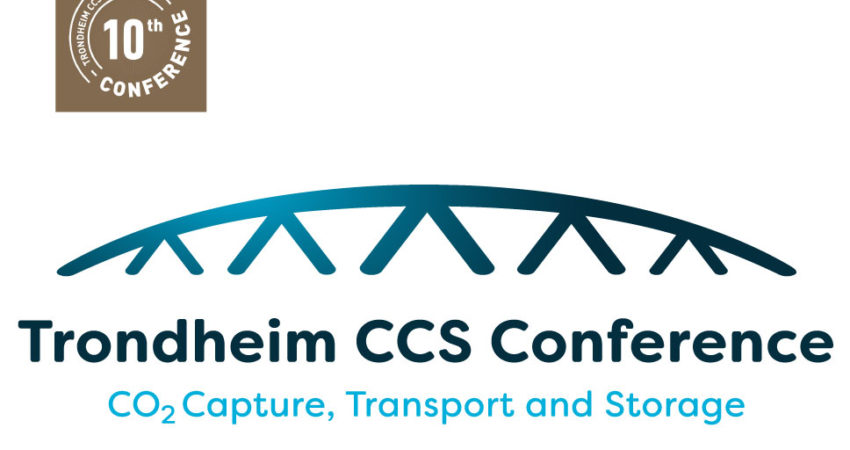
CHEERS project members presenting on the 10th Trondheim Conference on CO2 Capture, Transport and Storage
This summer, the members of the CHEERS consortium will be presenting their findings on a leading scientific Carbon Capture and Storage (CCS) technology conference. The Conference will take place in Trondheim, Norway, on June 17–19 2019.
Since its inception in 2003, the bi-annual Trondheim CCS Conference has become a meeting point for leading researchers in the field of CCS. So far, over 400 experts coming from research and development institutions, universities and industry, have presented and discussed their work by participating in the Conference (click here for more information on the TCCS-10 conference). This year, these presentations will include various findings from the project partners of the CHEERS consortium.
‘’For many years we’ve been talking about CCS for CCS’s sake, which it is not. It’s about having clean energy, it’s about having a clean industry, it’s about having competitiveness and to have a decent handover of our planet to next generations’’ says Nils Rokke, the Executive Vice President of Sustainability at SINTEF.
CHEERS is a project which aims to achieve such goals by increasing the efficiency and decreasing the costs of the CLC capture technology. Finding more efficient ways of capturing CO2 emissions from industrial sources is an important part of achieving climate goals. A more energy and cost-efficient CLC technology will also help in reconciling the competitiveness of industries both in Europe and China with their respective climate goals.
CHEERS consortium partners have submitted 6 abstracts to this years’ 10th TCCS Conference. Along with a general overview of the CHEERS project, the consortium partners will present the developments related to several the development and demonstration of the CLC technology.
The work presented at the conference will include findings related to:
- Natural ore and novel perovskite oxygen carriers for chemical looping,
- Development of a demonstration unit by revamping an existing Circulating Fluidized Bed (CFB) pilot plant
- The mock-up experimental results of a 1.5 MW equivalent cold mock-up Chemical Looping Combustion unit.
The CHEERS (Chinese-European Emission-Reducing Solutions) project is financed by the European Union’s Horizon 2020 research and innovation programme under grant agreement No. 764697 together with the Chinese Ministry of Science and Technology (MOST) and Chinese industry.
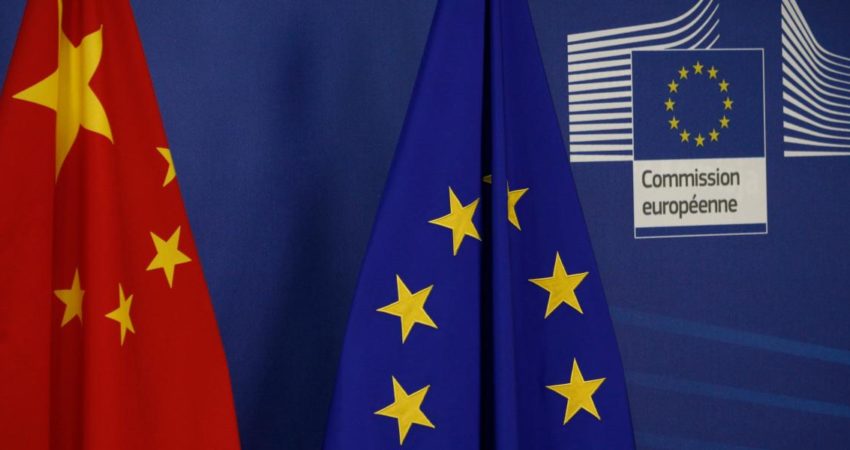
The CHEERS project: Strengthening and demonstrating EU-China cooperation on climate and research
On April 9th, the EU and China reaffirmed their commitment to strengthen their partnership in various areas, including climate related research and development. The CHEERS project is a good example of such close collaboration and knowledge-exchange between Chinese and European partners.
The 21st EU-China summit was held in Brussels, Belgium on April 2019. During the summit, European and Chinese leaders discussed mutually beneficial relations and a strengthening of their partnership.

The EU-China summit was held on the 9th April in Brussels, Belgium. Credit: European Commission
In a statement following the summit, the two parties concluded that they ‘’underline their strong commitment to implement the Paris Agreement and the Montreal Protocol’’. Given the urgency to respond to climate change, both the EU and China aim to ‘’further intensify their cooperation on the basis of the 2018 joint Leaders’ Statement on Climate Change and Clean Energy[1]’’. During the summit, both EU and Chinese delegations stated that they will reinforce ‘’their climate-related cooperation to advance the international climate negotiations process and in areas like carbon markets, long-term development strategies, clean energy and energy efficiency, low emission transport and cities’’[2],[3].
The CHEERS project is already a successful example of such cooperation. With 9 participating organisations both from the EU and China, it has contributed to research-related cooperation between the EU and China in the field of Carbon Capture and Storage. Over the past year, academics, research institutions and industrial partners of this consortium have authored a number of scientific publications presented at different international conferences.
The first phase of CHEERS consortium will finish by July 2019. A major achievement of this phase is design, construction and successful operation of a cold mock-up of the of the Chemical Looping Combustion technology with identical design as the demonstration plant.
The successful progress of CHEERS project will be a step toward clean industry, helping both EU and China reach their climate goals.
The CHEERS (Chinese-European Emission-Reducing Solutions) project is financed by the European Union’s Horizon 2020 research and innovation programme under grant agreement No. 764697 together with the Chinese Ministry of Science and Technology (MOST) and Chinese industry.
[1] https://www.consilium.europa.eu/media/39020/euchina-joint-statement-9april2019.pdf
[2] https://cdn1-eeas.fpfis.tech.ec.europa.eu/cdn/farfuture/rVotT71TqcUuInsE7VOb7j1_xi9jIMcvhhHxcYLGE1g/mtime:1552379624/sites/eeas/files/factsheet_eu-china_03_2019.pdf
[3] http://eeas.europa.eu/archives/docs/china/docs/eu-china_2020_strategic_agenda_en.pdf
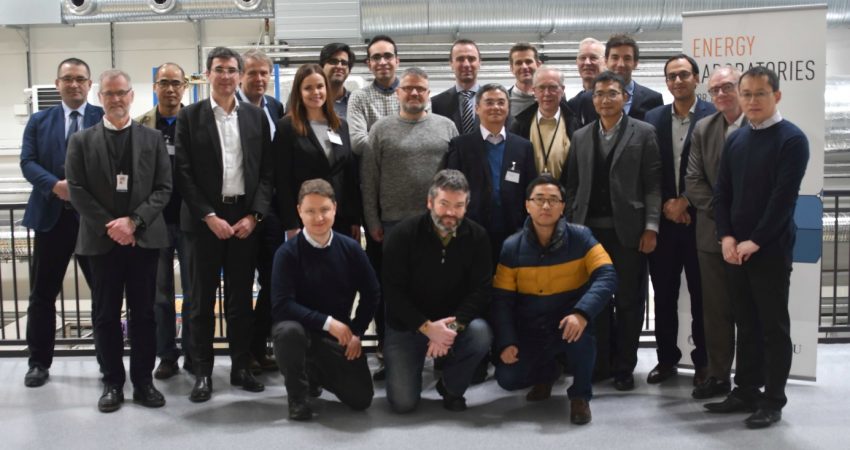
Press release: Promising results a year after kick-off of the CHEERS project
From 14 to 16 November, representatives of the CHEERS project consortium gathered at the second annual meeting held in Lyon, France. The updates shared during the meeting included key results from the first project phases and new developments presented by the partners of the consortium.
A year after the project set out to improve the efficacy of CO2 capture in industry, the project partners have achieved some promising results. The active collaboration of 9 partner organisations has resulted in a number of scientific publications, presentations at international conferences and most importantly, the design, construction and commissioning of a cold mock-up of the of the Chemical Looping Combustion technology.
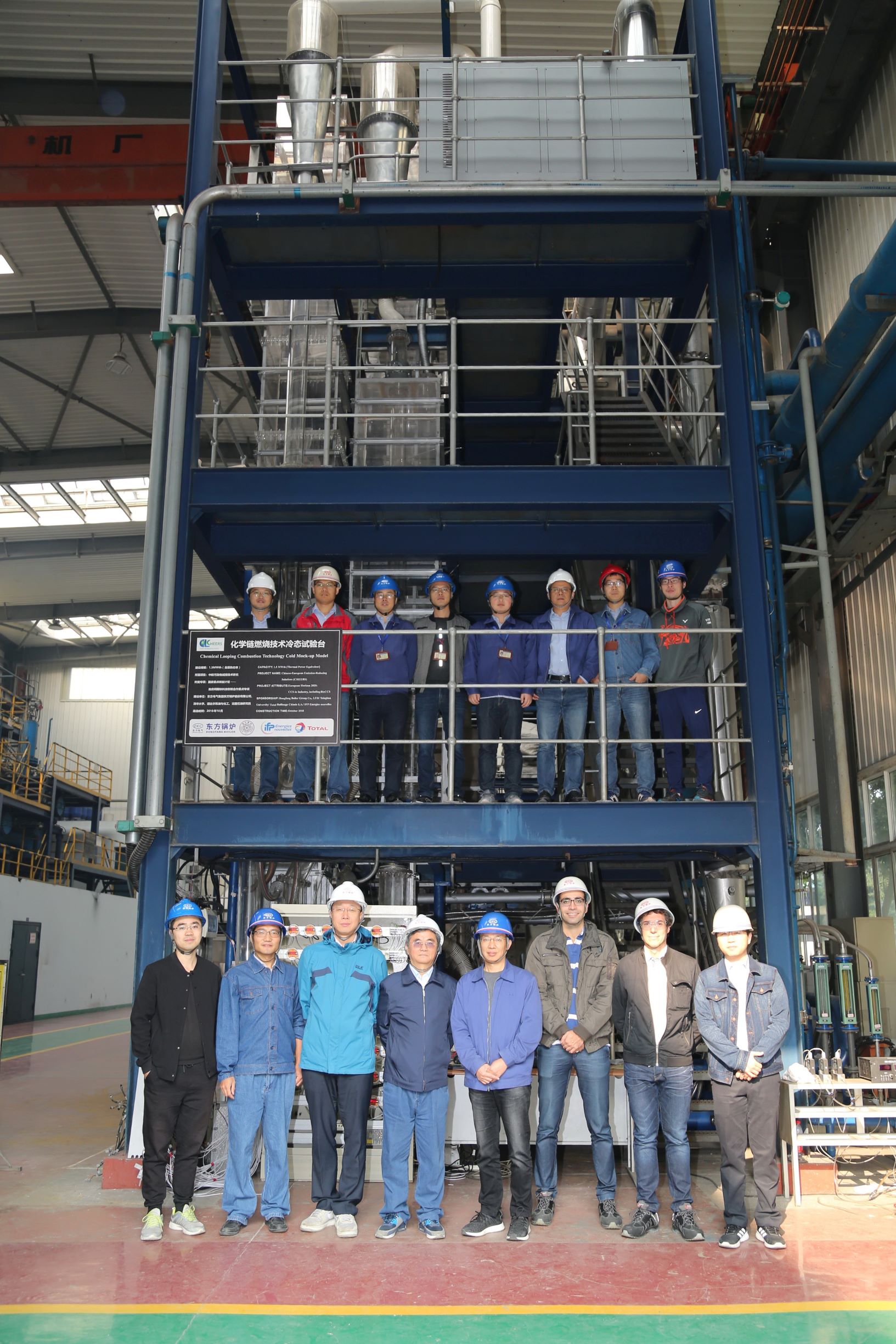
The Cold Mock-Up with Representatives from the Core Design Team (representatives from Tsinghua University, IFPEN, TOTAL and Dongfang Boiler Co., picture taken at test site in Deyang)
To achieve its goal, CHEERS will test and verify a 2nd generation chemical-looping technology, starting at laboratory scale and then as a 3MWth system prototype for demonstration in an operational environment. The construction of the final demonstration unit is planned to be finalised by March 2021.
As its name suggests, the Chinese-European Emission-Reducing Solutions project aims to develop a chemical looping capture technology that will contribute to climate change mitigation in industrial applications. Finding more efficient ways of capturing CO2 emissions from industrial sources is an important part of achieving climate goals. Increasing capture efficiency directly reduces the energy requirements for a relevant climate change mitigation technology referred to in the newest IPCC report, carbon capture and storage. By making the technology more cost-efficient, the project will also help in reconciling the competitiveness of industries both in Europe and China with their respective climate goals.
With a budget of €16.8 million, the project is partially financed by the European Union’s Horizon 2020 research and innovation programme under grant agreement No. 764697 together with the Chinese Ministry of Science and Technology (MOST) and Chinese industry.
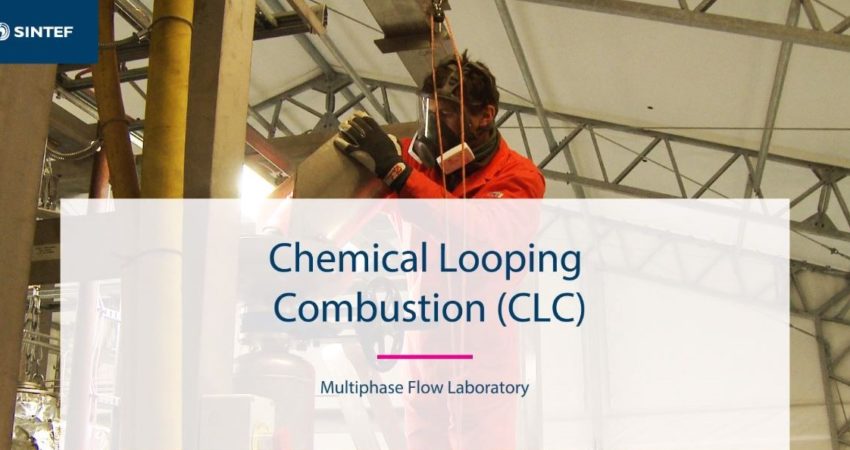
What does a CLC testing facility look like?
The CHEERS project works on developing a chemical-looping technology tested at laboratory scale (up to 150 kWth). Within five years, the goal of the project is to develop the core technology into a 3MWth system prototype for demonstration in an operational environment.
That same CLC technology is being tested at SINTEF’s testing site in Tiller, Norway.
In the following videos, SINTEFs research scientists, Øyvind Langørgen and Inge Saanum, give a short rundown on what happens during the testing phase. Learn more about CLC and have a look at what a ”good day in the lab” looks like at the Tiller testing site:
”Welcome to the CLC rig at Tiller. Today we’re going to run a test campaign using copper oxide as oxygen carrier and methane as fuel gas.” says Øyvind Langørgen, research scientist at SINTEF Energy.
”The test is finished and we are very pleased with the results” says Inge Saanum, research scientist at SINTED Energy while going through the test results.
”This method is cheaper and requires less energy than many other methods” the video concludes.
